During World War II, more than 2,000 Jews found refuge with Albanian families to avoid capture by Nazi forces. It was a matter of national honor for the Albanians to protect the Jews from prosecution; the Besa, the Albanian code of faith and honor, inspired courage in both Muslim, and Christian populations.
American photographer Norman Gershman was inspired by stories of the Besa and the rarely heard stories of Albanian heroism throughout the war. He traveled to both Albania and Kosovo to investigate and illuminate the stories of the Albanian men and women who had provided shelter to the Jews, and he emphasized the Albanian Muslim population. His work is on display at Suffolk University’s Adams Gallery through July 8th and features photographs along with personal accounts of each subject’s involvement with the Albanian rescue efforts during the war.
Each photograph is presented in black and white and most feature a portrait of the individual who provides the historical narrative. In some cases, however, the subject is holding historical artifacts, old photographs, and heirlooms. A number of the portraits are taken in the household where the Jews were sheltered decades ago. Each photograph broadcasts a particular tone that carries over into the story that is pinned below it; as the viewer approaches each image, he or she can sense the emotion of the narrative before beginning to read it.
The elderly subjects and the subdued lighting of the snapshots emphasize age and the poignant experiences that the Albanian Muslims and Christians, had endured to keep the Jews safe. A range of social classes are depicted, yet there is a common theme throughout. Besides following the Besa, meaning “to keep the promise,” each Albanian Muslim felt it was their duty to protect other Hebrews.
In one of the accounts, an Albanian woman named Drita Veseli describes her husband’s role in the protection of Jews he knew well. He was a photographer and had learned his craft from a Jewish man named Mandil. When the Italians deported the Mandil family, he received permission from his parents to shelter them and their four cousins in a mountain village.
“There are no foreigners in Albania, only guests,” was his response when asked how so many Albanians had sheltered Jews. Reporting the presence of Jews would have been a disgrace to both a person’s village and their family.
The exhibit is not entirely about religion, nor is its implication entirely religious. Although it highlights the fact that Muslims were sheltering Jews, it is ultimately a celebration of the power of humanity against adversity and oppression. The Albanians competed with each other to save the Jews, and their courage saved thousands of lives. Gershman’s exhibit provides an exceptionally close look at the faces of some of the courageous individuals who selflessly protected strangers during a time when inhumanity reigned.


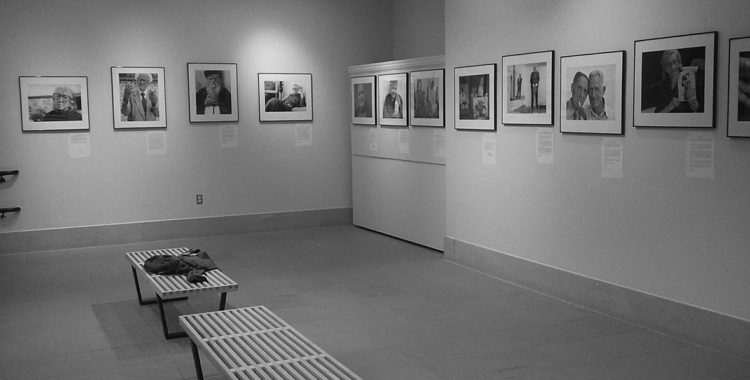



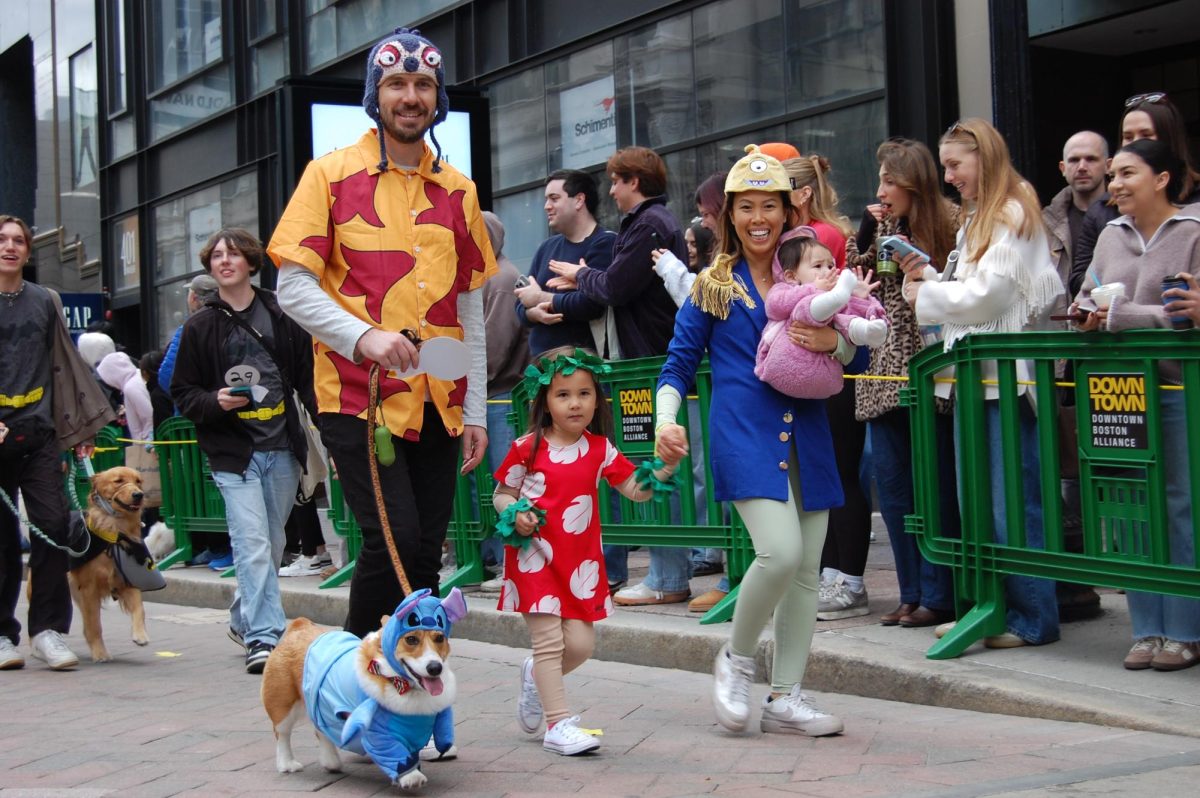


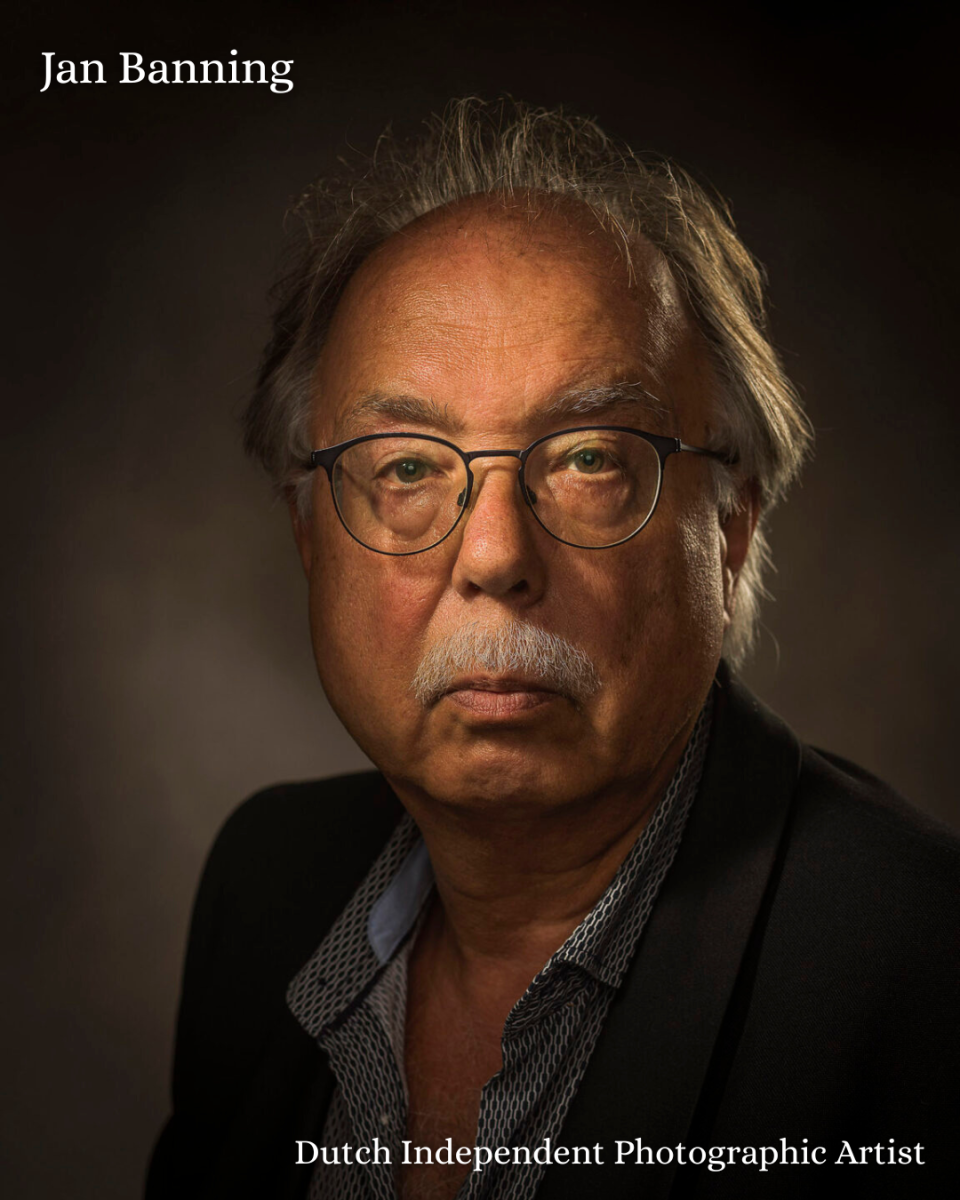
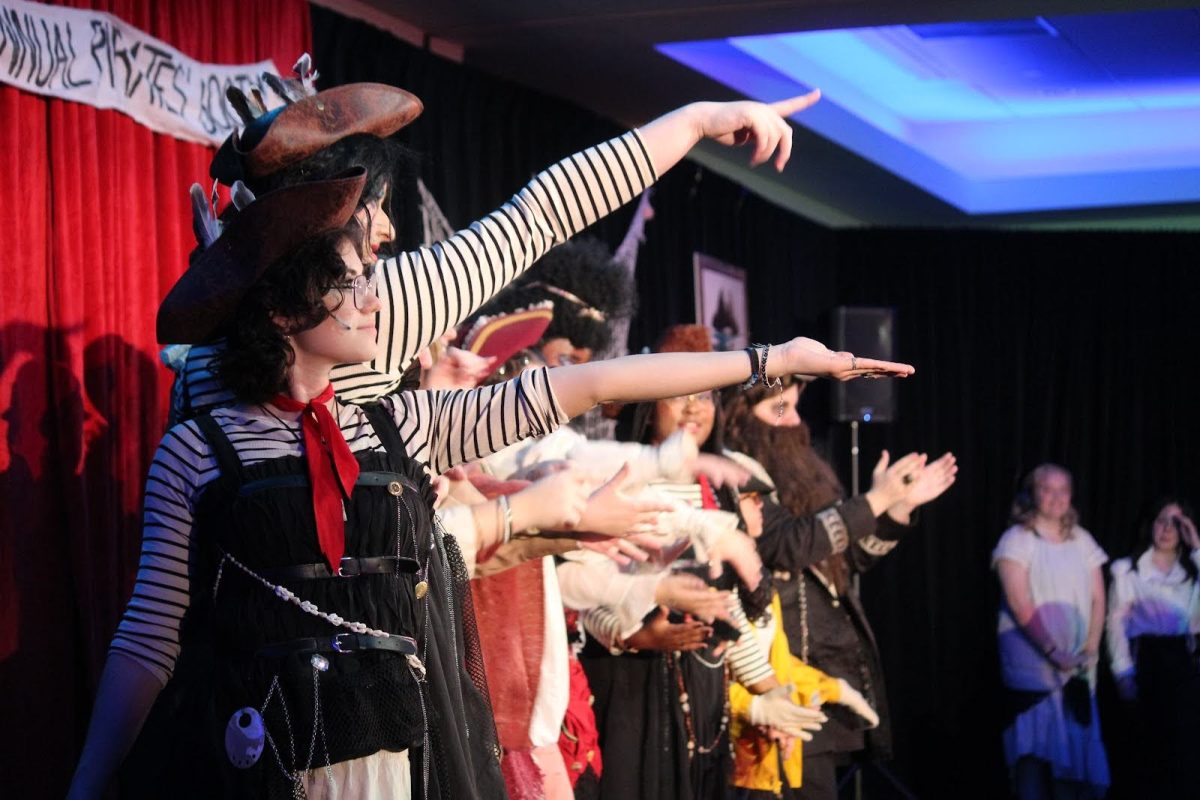



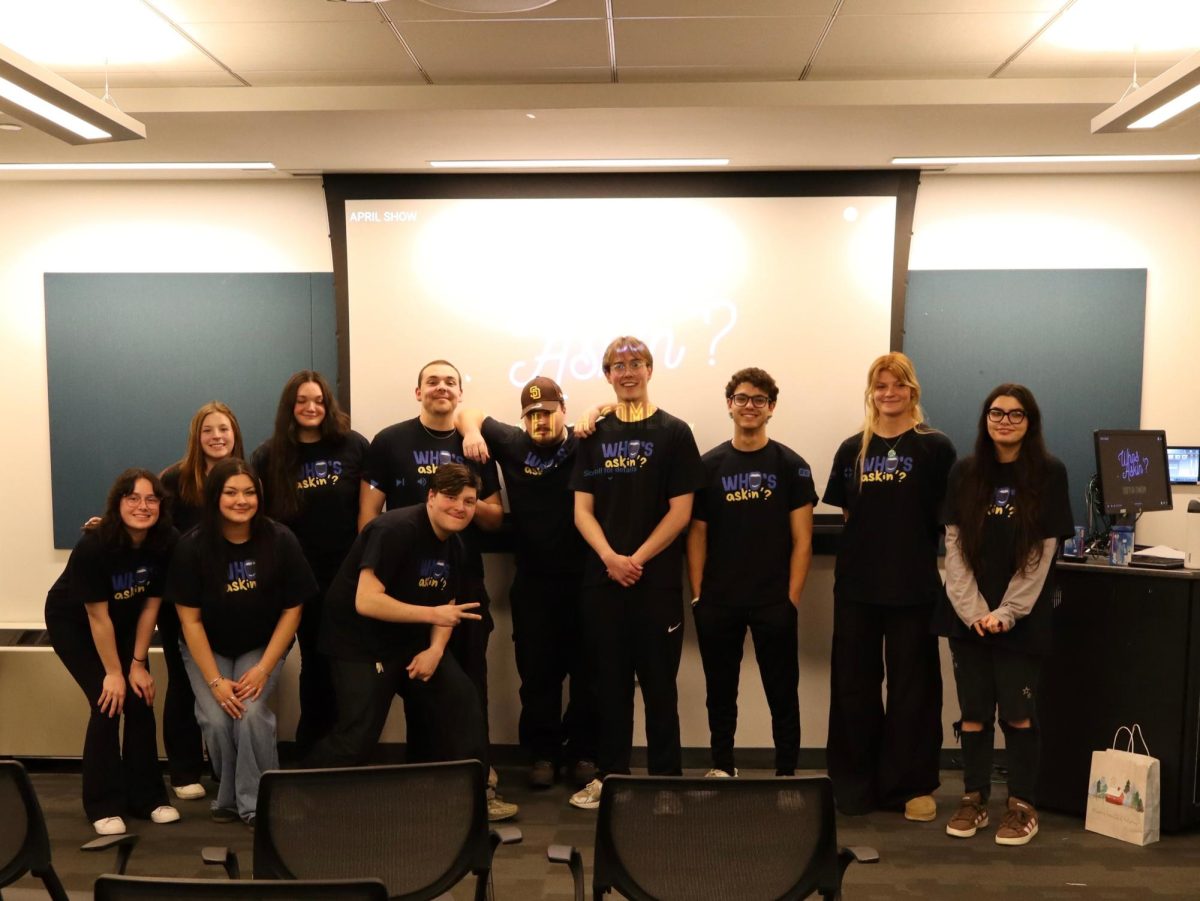
The Suffolk Journal • Jun 6, 2012 at 6:23 pm
Celebrating WWII Heroism through photographs: http://t.co/etyow8h9